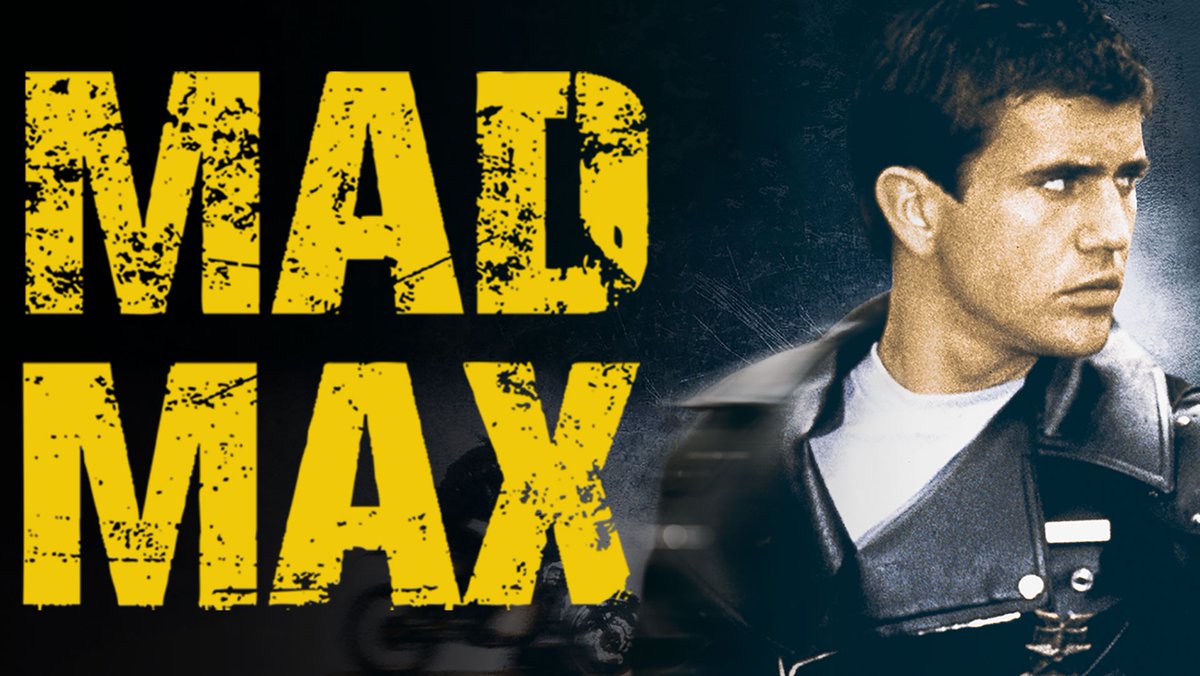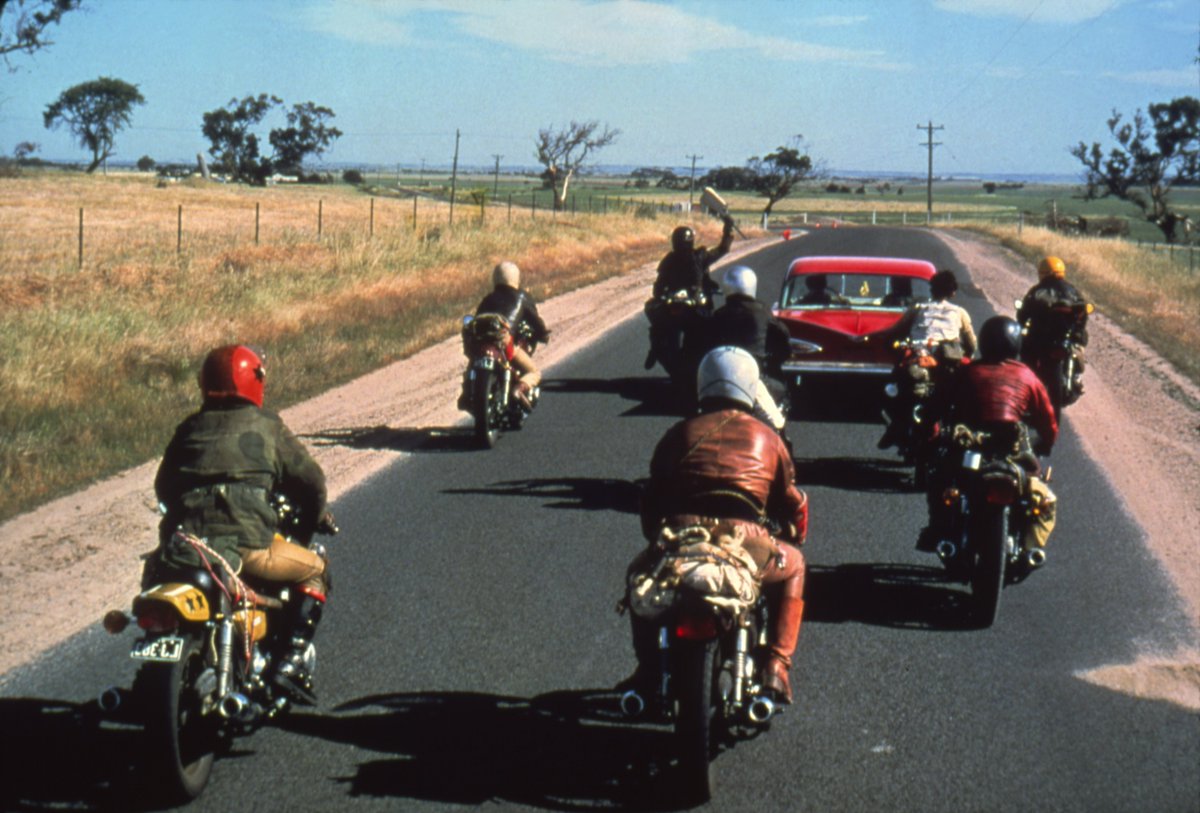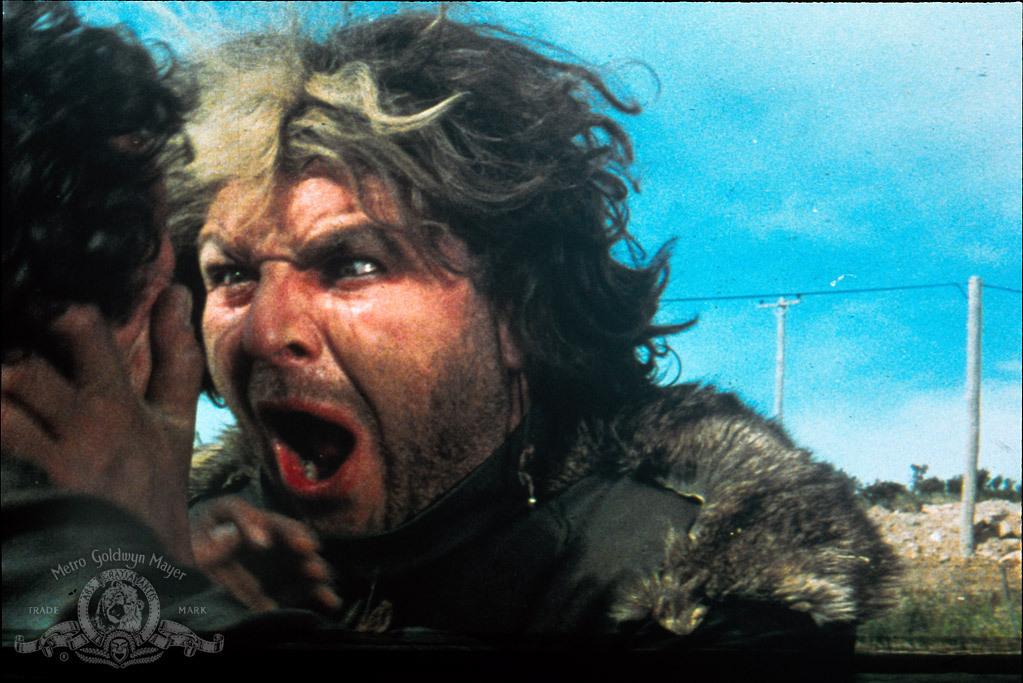LOTR: THE RETURN OF THE KING was released 21 years ago today. The final film in Peter Jackson's epic trilogy, and among the most successful movies ever made, a day may come when the story of how it was made fails to entertain. But it is not this day…
1/47



1/47




The entire trilogy was filmed across an epic 15-month shoot in New Zealand where all three films were shot back-to-back. As such, most of the cast returned from the first two films. As did most of the massive 3000-strong production crew.
2/47



2/47




A new major character is Steward of Gondor (and father of Boromir and Faramir), Denethor. Donald Sutherland was apparently considered for the role before John Noble was cast.
3/47

3/47


Another character brought in is the unofficially named Figwit (“Frodo is great… who is THAT?!”). He was played by Bret McKenzie (from Flight of the Conchords) and caused a stir with female fans after appearing in the first film, hence the name.
4/47

4/47


There were major narrative changes from Tolkien’s original books. In the novels, the sequence in Shelob’s lair, as well as Aragorn’s actions leading up to his journey to the Paths of the Dead all take place in The Two Towers.
5/47

5/47


The production was so huge that over 1.2 million feet of film was shot, and effects studio Weta Workshop created 48,000 swords, axes, shields, and make-up prosthetics. And Ngila Dickson’s costume department created over 19,000 costumes.
6/47


6/47



Over 20,000 background actors were cast, including J.R.R. Tolkien’s great-grandsons, Royd Tolkien. And, as with the Two Towers, the roar of battle-ready orcs was created by recording 10,000 New Zealand cricket fans chanting orc phrases.
7/47

7/47


Composer Howard Shore was given specific instructions by Peter Jackson when he scored the Shelob sequence. Jackson told him “Pretend you're making another movie for David Cronenberg.” (Shore had composed music for The Fly, among other Cronenberg films).
8/47

8/47


Return of the King had way more special effects shots than the previous two films, with 1,488. There were 540 in Fellowship, and The Two Towers had 799 effects shots. Effects studio Weta Digital had to create a whole new room just to house the equipment needed.
9/47

9/47


Minas Tirith – the capital of Gondor – is the setting for much of the film. It was created via a combination of sets and miniatures. The top level was a set, and the winding streets of the city were an intricate maze built in a quarry.
10/47
10/47

The film opens with a flashback telling us the backstory of Smeagol/Gollum. It was originally written for The Two Towers and actually directed by co-writer, Fran Walsh.
11/47

11/47


Andy Serkis plays Smeagol, though under a lot of makeup. To turn Serkis into a Stoorish Hobbit, he underwent 5 hours of work in the makeup chair.
12/47
12/47

Jackson had a fear of spiders since childhood, and asked for Shelob’s design to take inspiration from the New Zealand funnel web spider. Her shriek was created with a blend of hisses, and noises from a plastic toy.
13/47


13/47



To create the effect of Frodo salivating when Shelob stabs him, Elijah Wood chewed on some Alka-Seltzer tablets hidden in his mouth. And for the cocooning scene, Wood was covered in a latex material. He later called it "being trapped in the world's largest condom."
14/47

14/47


Denethor asks Pippin to sing him a song, and he obliges with The Edge of Night. The song was written and performed by the actor, Billy Boyd, himself. And the lyrics were taken from a Tolkien poem called A Walking Song.
15/47

15/47


Saruman meets his end during the first act when he is literally stabbed in the back by Wormtongue. Jackson later said that when he tried to direct Christopher Lee, he was told by Lee (who served in World War II) that he knew what a man being stabbed sounded like.
16/47

16/47


One of the most famous moments comes in the beacons of Gondor sequence. It was inspired by a system used by the Byzantine Empire in the 9th century. To create it, the first beacon was physically lit, the rest were digitally added.
17/47

17/47


With the film being released just two years after the events of 9/11, Jackson made sure special care was taken to make sure the destruction of Sauron’s tower of Barad-dûr did not evoke imagery of the Twin Towers. As such, it crumbles from the base up.
18/47

18/47


While filming Fellowship, floods in Queenstown had forced Jackson to quickly shoot Frodo's intense confrontation with Gollum in The Return of the King a full year before the rest of that sequence, so local squash players were without a court for a whole year.
19/47
19/47

The stairs of Cirith Ungol were created as a physical set for the film, mostly out of polystyrene. The steps apparently reacted with the Hobbits’ prosthetic feet, leading to Elijah Wood and Sean Astin frequently becoming stuck climbing them.
20/47

20/47


Aragorn delivers his stirring “But it is not this day!” speech outside the Black Gate of Mordor, and the writers reportedly took inspiration from the Poetic Edda, a collection of Old Norse poems.
21/47

21/47


In the book Eowyn joins the Riders of Rohan in disguise, only revealing herself in battle. The film has her identity known (to the audience and Merry) to avoid confusion and, as Jackson put it, not make Merry look "like the stupidest hobbit on Earth."
22/47

22/47


The original design for the Witch-King of Angmar was very different and, in Jackson’s opinion, too similar to how Sauron appeared in the first film. To avoid confusion, his appearance was altered to make him more Nazgul-like, and mace was also made much larger.
23/47

23/47


Lawrence Makoare had played the lead Uruk-Hai, Lurtz, in Fellowship, and played the Witch-king here. The voice of the Witch-king was provided by Andy Serkis.
24/47
24/47

Makoare also played he pale-skinned Orc leader, Gothmog. He and his troupe of orcs were added late in production when Jackson felt the Mordor Orcs looked underwhelming compared to Saruman's Uruk-hai from the previous film.
25/47

25/47


The sequence of Legolas leaping onto the Oliphaunt was filmed in a single day, with Orlando Bloom on a blue-screen rig designed to look like the creature's back. And the carcass we see afterwards was the largest prop ever created for a movie, and made by Weta Workshop.
26/47

26/47


Bruce Spence, who plays the Mouth of Sauron, wore makeup/prosthetics and then had his real mouth digitally enlarged in post-production to create the otherworldly effect. And translating the runes on his helmet reveals the words "Voice of the Abomination" in Elvish.
27/47

27/47


The Battle of the Black Gate was so massive and needed so many extras that 200-300 members of the New Zealand army were brought in. Their over-enthusiasm apparently resulted in many damaged wooden prop swords and spears.
28/47

28/47


A scene was written and shot whereby Sauron appears in some form at the Black Gate, and fights with Aragorn. Jackson removed it as he thought it distracted too much form Frodo’s plotline, and Sauron was digitally replaced with a huge troll.
29/47

29/47


The Mordor battlefield scenes at the Black Gate scenes were filmed on a desert area of New Zealand. It had been used by the army for testing heavy artillery so the area had to be swept for mines before filming could commence.
30/47

30/47


Frodo and Sam's trek up Mount Doom was filmed on the slopes of Mount Ruapehu in the heart of New Zealand’s North Island. The terrain was so steep that Elijah Wood and Sean Astin had to be anchored with safety wires that were later erased digitally.
31/47


31/47



An oft-discussed ‘plot hole’ in the film is asking why the Great Eagles didn’t carry the ring all the way to Mount Doom themselves. Jackson said that Tolkien always presented them as neutral creatures, and also they would’ve been easily spotted by the Eye of Sauron.
32/47

32/47


Like Billy Boyd earlier in the film, Viggo Mortensen composed the elvish tune that Aragorn sings at his coronation. It's the same song Elendil (a major figure in the history of Gondor in Tolkien lore) sang when he first arrived in Middle-earth from Numenor.
33/47

33/47


Although he wasn't needed on set, Mortensen insisted on being present for the filming of Aragorn bowing to the Hobbits. He made a makeshift crown out of paper and became so elaborate from crew additions that the Hobbit actors had trouble not laughing filming the scene.
34/47


34/47



Sam and Rosie’s daughter, Elanor, was played by Sean Astin's real-life daughter, Ali. And their son, Frodo, was played by Sarah McLeod's (who played Rosie) daughter, Maisy.
35/47
35/47

The Grey Havens farewell scene between Frodo and Sam had to be shot three times. On the first try, Astin was wearing the wrong shirt. The second time, a film processing error created a white haze on the negatives. Tear-filled goodbyes became increasingly difficult.
36/47

36/47


The film ends with am returning home and saying to his family "Well, I'm back." This is also the last line of Tolkien's novel The Return of the King.
37/47

37/47


An alternate ending was planned, though, where Galadriel (Cate Blanchett) gives a voice-over epilogue detailing the fates of the Fellowship after the film ends. Scenes with Legolas and Gimli were shot for this purpose but never used.
38/47
38/47

Miramax had owned the LOTR rights years earlier, and Jackson’s experience dealing with their owners, Bob and Harvey Weinstein, had been so unpleasant, that their credits show over an image of two huge trolls.
39/47
39/47

The idea of illustrated credits came from Ian McKellen (Gandalf). They were drawn by concept artist (and Tolkien illustrator) Alan Lee and then mixed slightly with the original photographs.
40/47



40/47




When production wrapped, Jackson gave the main cast gifts. Andy Serkis and Elijah Wood were each given props of the One Ring that had been used in the movie. Apparently, they both thought they had the only one.
41/47

41/47


Miranda Otto received one of Eowyn's dresses and her sword, while Liv Tyler was gifted Arwen's "dying dress". And Orlando Bloom was given one of Legolas’ bows.
42/47

42/47


John Rhys-Davies (Gimli) had painful issues he had to wear throughout production. On the last day of filming, he was asked by the effects team if he wanted to burn it there and then. He gladly took the opportunity.
43/47
43/47

The individual budget for Return of the King was $94m, and it grossed $1.15bn, making it a smash hit. It dominated at the Oscars too, winning 11; the highest 100% Oscar-winning record of any movie.
44/47



44/47




Reshoots were still happening three months before the premiere. The last shot filmed was Frodo staring into the distance as Mount Doom erupts. And a scene at the Path of the Dead for the Extended Edition was shot after the film had been released and won 11 Oscars.
45/47

45/47


Jackson had always wanted the films to premiere in his home of Wellington, New Zealand. He got his wish and on the release of Return of the King, 100,000 people - nearly 1/4 of the population - lined the streets of Wellington.
46/47


46/47



Finally... on Elijah Wood's last filming day, Jackson kept doing take after take of his final shot, not wanting the experience to end. When he finally called "cut" for the last time, he the crew, and Wood broke down in tears, hugging and thanking each other.
47/47
47/47

If you liked our making of story of THE RETURN OF THE KING, please share the opening post 😀
https://x.com/ATRightMovies/status/1870054751741653131
Our latest podcast is on TRADING PLACES. Full of big laughs and opinions so please give it a listen 😄
alltherightmovies.com/podcast/tradin…
alltherightmovies.com/podcast/tradin…
• • •
Missing some Tweet in this thread? You can try to
force a refresh





















































